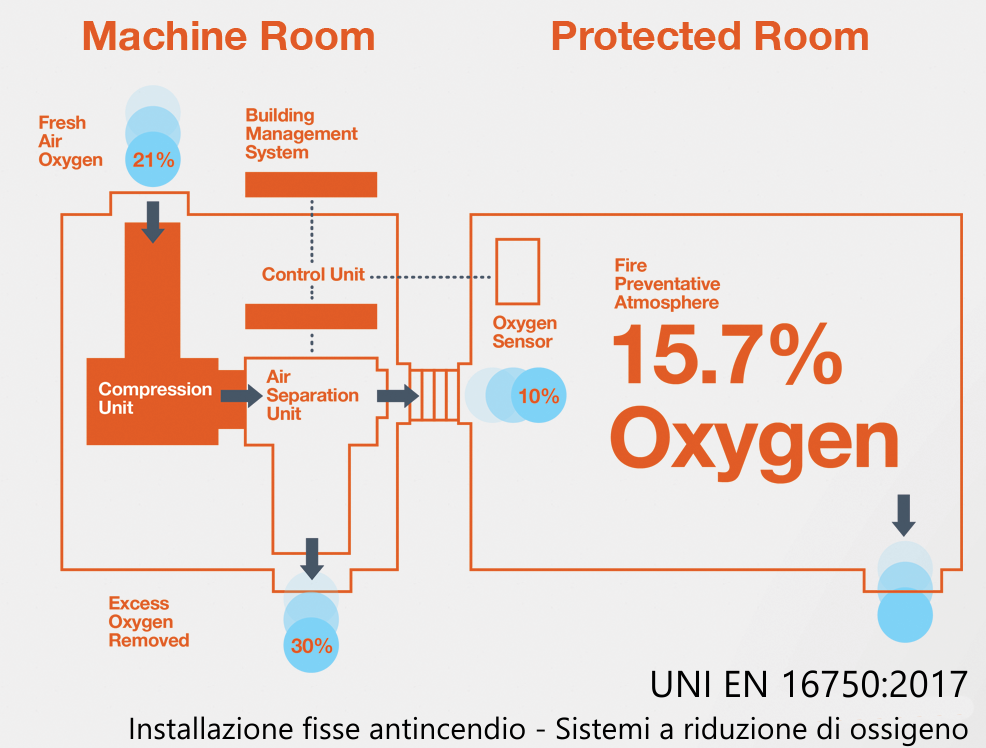Informazione tecnica HSE / 25 ° anno
/ Documenti disponibili:
45.620
/ Documenti scaricati: 34.635.086
/ Documenti scaricati: 34.635.086
ISO 46001:2019 Water efficiency management systems - Requirements with guidance for use
Water is essential to life and forms part of the environment. Global concern for the state of the environment has identified that water resources are subject to significant pressures from water demand and from the impacts of climate change. The pressures on organizations to implement water efficiency programmes can arise from limited water resources and exist particularly in resource exploitation activities such as mining, forestry, oil and gas extraction, and in agriculture. They might also arise from commercial, institutional and industrial activities whether water is supplied by water utilities or comes directly from the environment.
As pressure grows to improve the quality of the environment and increase sustainability, organizations of all types and sizes are increasingly turning their attention to the environmental impacts of their activities, products and services. This might include measuring the water footprint of an activity or striving towards a more efficient use of water within an organization. Achieving sound water efficiency performance requires organizational commitment to a systematic approach and to the achievement of continual improvement in water use through a water efficiency management system.
Water efficiency management, like quality management, environmental management and energy management could be a matter of vital interest in promoting sustainable economic activities, industries and ultimately a sustainable environment. The introduction of water efficiency programs is often, but not always, triggered by a shortage in water supply.
The purpose of this document is to enable organizations to assess and account for their water use, and to identify, plan and implement measures to achieve water savings through the systematic management of water. Successful implementation depends on commitment from all levels and functions within the organization, especially commitment by top management.
This document specifies water efficiency management system requirements and contains guidance for its use. Using this document, an organization can develop and implement a water efficiency policy through the establishment of objectives, targets, action plans, monitoring, benchmarking, and review programs. These should take into account any requirements related to significant water use. A water efficiency management system enables an organization to achieve its relevant policy commitments and take action as needed to improve its water management according to the requirements of this document.
This document can apply to some or all of the activities under the control of the organization. Application of this document may be tailored to fit the specific requirements of the organization, including the complexity of its system, the degree of documentation and available resources.
In any organization, water might be used for a variety of purposes, including the following:
The adoption and proper implementation of a water efficiency management system is intended to result in improved water efficiency and can help to achieve the following outcomes:
...
Fonte: ISO


UNI EN 1034-1:2021 Sicurezza del macchinario - Requisiti di sicurezza per la progettazione e la costruzione ...

Comunicazione della Commissione nell’ambito dell’applicazione della direttiva 94/9/CE del Parlamento europeo e del Consiglio, del 23 marzo 1994, concernen...
Testata editoriale iscritta al n. 22/2024 del registro periodici della cancelleria del Tribunale di Perugia in data 19.11.2024